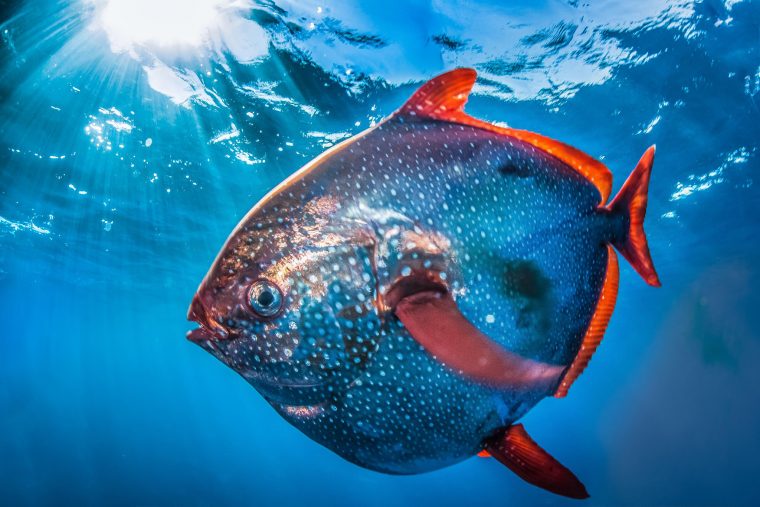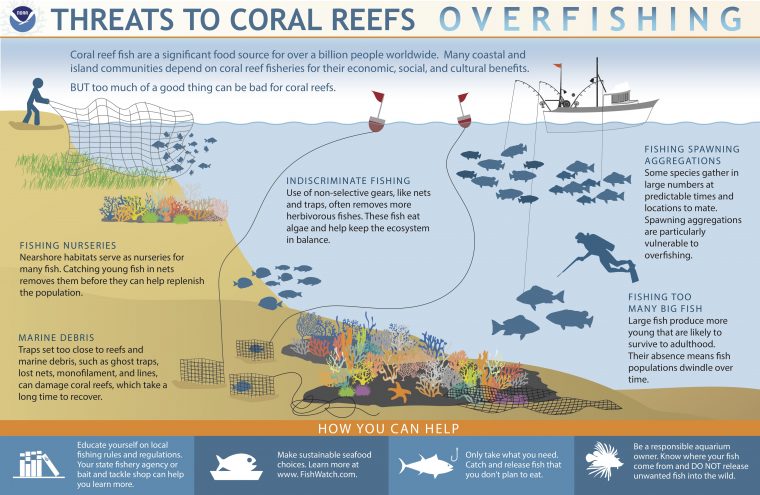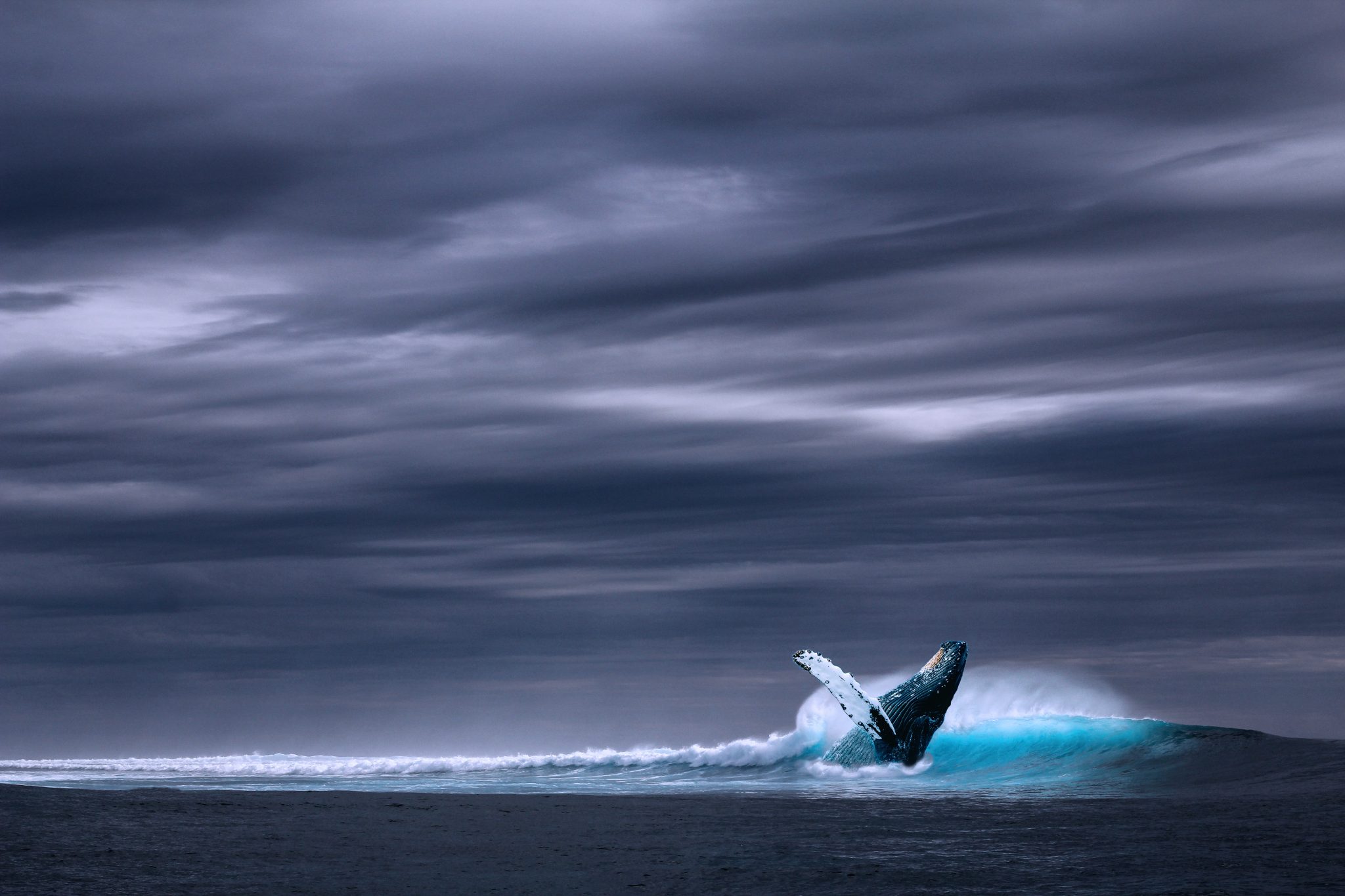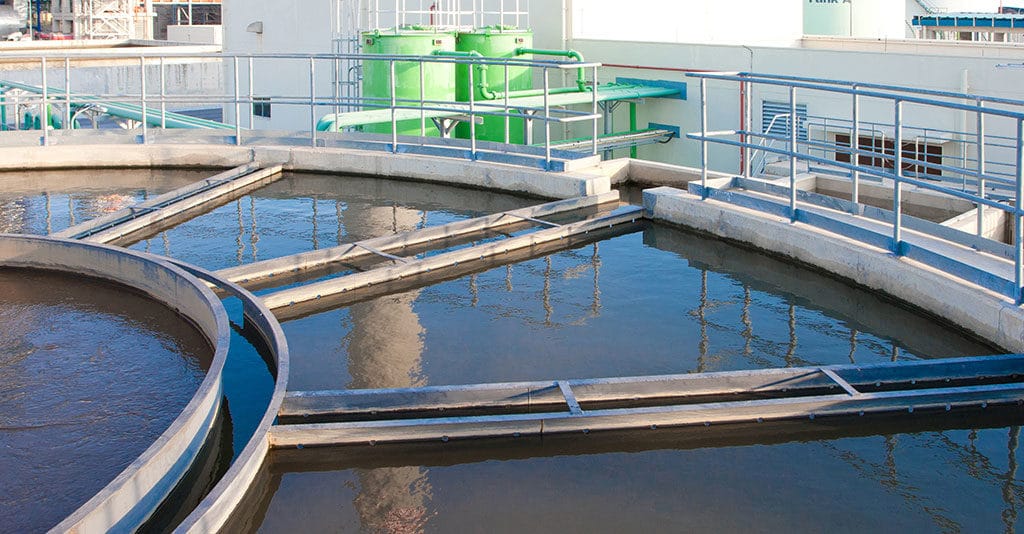The water around our continents known as oceans and seas could also be considered undiscovered country. It is a vast area of a hard to examine liquid biosphere that contains an abundance of life. While space certainly is the larger to traverse, the oceans are within arms reach and teeming with life. So let’s explore some facts about our oceans in this series of articles:
- Coral- These are classified as animals and are the longest living creatures on earth. They can live up to 5,000 years old according to scientific studies done on the Elkhorn coral (Acropora palmata). They help form essential reefs that create diverse ecosystems that are often referred to as the “rainforest of the sea.”
- Fish are cold-blooded- Well even though this is true, there is one known exception. The Opah fish is the only known fully warm-blooded fish. This fish grows to about the size of a large tire. Its warm-blooded nature allows it to compete with the cold-blooded fish around it and ranges in depth from 150 to 1,300 feet. It is most popular around the waters of Hawaii. [caption id=“attachment_9945” align=“alignnone” width=“760”]
 Via National Geographic[/caption]
Via National Geographic[/caption] - Ocean Noise- This is not the noise that the ocean makes in the relaxing sound devices and apps that help people go to sleep. No, this is the noise that humans make which substantially pollute the oceans with sounds. Many marine organisms rely on sound for their survival, so the more that people pollute the coastlines with sound, then the more this has an adverse impact on the marine life (including the magnificent mammals- whales) that inhabit those areas.
- Overfishing kills coral reefs- Just like when someone over hunts in a forest so too can someone overfish in the underwater coral forests. Any time you endanger or eradicate a species from its native ecosystem, you will cause a ripple effect that will impact other species and eventually the forest (or coral reef) itself. Every species fill a niche in that environment, and if a niche is not filled, it will cause an upset to that ecosystem. [caption id=“attachment_9944” align=“alignnone” width=“760”]
 NOAA[/caption]
NOAA[/caption] - Hatching Sea Turtles- How do itty bitty sea turtles make it from their nest on land into the sea, while avoiding nasty predators? Well, the secret strategy is somewhat horrifying. These cute creatures hatch en masse so that many will be a distraction to the predators so that only a small amount will actually survive by making it to the sea. Sea turtles can lay up to one hundred eggs, which suggests that well over fifty will be consumed by hungry animals. How do the teensy little guys know where to go? There is always a downward slope to the beach and the reflections of the moon and stars on the water that “lure” the baby turtles to the safety of the water. They then swim to offshore masses of seaweed where they hide and grow until they are large enough to survive on their own.










